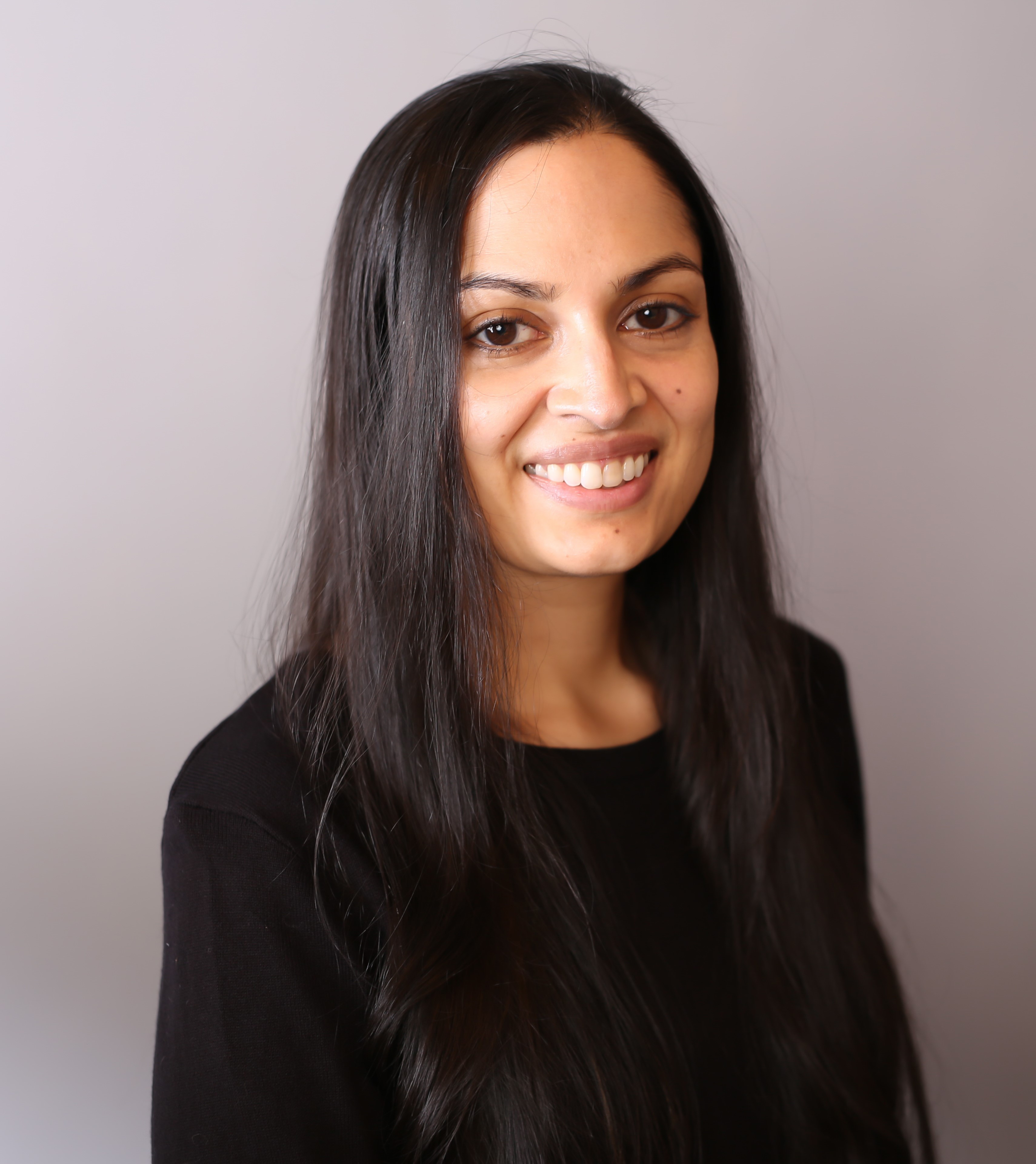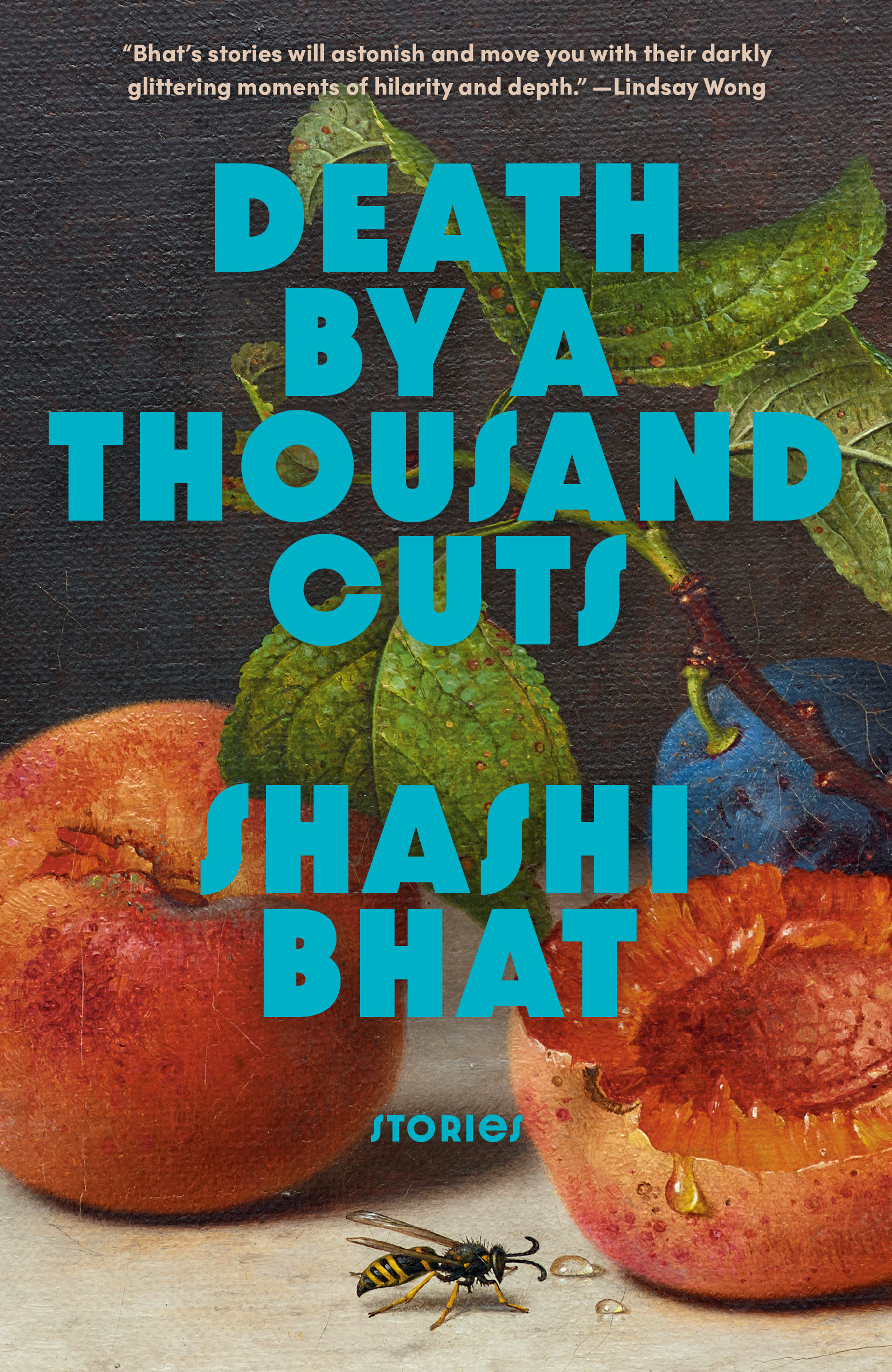
Shashi Bhat writes the interior lives of South Asian women with depth and grace. Her debut novel, “The Family Took Shape” is the coming of age story of Mira, a young South Asian woman, set in the suburbs of Toronto. Its follow up novel, “The Most Precious Substance on Earth,” follows Nina as she navigates the world of writing and struggles to process a life-changing event. “Death by a Thousand Cuts” is Shashi’s third book and it is a collection of short stories. It has been long-listed for the Giller Prize. Shashi is the Editor of Event Magazine and she teaches Creative Writing at Douglas College. We spoke to Shashi right before she her appearance at Vancouver Writers Fest.
You mentioned in an interview that you selected the stories in “Death by a Thousand Cuts” from a stack of thirty stories. How long did it take you to write these stories? You mentioned that you ended up picking the stories that center women. Was it difficult to make those cuts? And what do you think you will do with the remaining stories? Another collection, perhaps?
My original manuscript contained nineteen stories, and the final book contains nine. I wrote them over a period of about fifteen years, but I was writing them alongside my previous books. It wasn’t hard at all to make the cuts—I had a sense of which ones were the strongest and would make for a cohesive collection. At one point my editor said we wanted “every story to be a knockout,” and I really liked having that as a goal. There were three or four stories I was fond of but didn’t really fit the book, so I’m publishing them in lit mags, but if I write another story collection, I will write it from scratch.
Many of the stories in this collection, such as “What You Can Live Without,” “Death by a Thousand Cuts” and “Dealbreaker,” for example, are about finding love in the lawless world of dating. What keeps drawing you to this subject? Dating brings people from vastly different backgrounds together for short periods of time, which can be satisfying for character exploration and for seeing different characters interact in surprising ways. Do you enjoy writing about finding love and its early days?
Is the world of dating lawless? I think it’s full of rules, sometimes invisible. Perhaps that’s what draws me to writing about it. There’s a natural tension and a logical progression—both are things you need in a narrative. People enter dating situations with expectations, and with curated versions of themselves. Often those expectations are thwarted, and often their true selves are much more complicated. And dating begins with yearning—which, of course, drives fiction.
“What You Can Live Without” is such a wonderful story. It talks about money in such a candid and honest way. How did that story come to you? Money is such an important part of a writer’s life, in that, writers don’t (primarily) write to make money but they have to do things to make money that take them away from writing. What are your thoughts on that?
Thank you! I wrote the first draft of that story in 2008, when I lived in Baltimore and had very little money. Plus it was a recession, and that seemed to be all anyone was talking about. I was in grad school on a student visa so I couldn’t legally work outside of my teaching fellowship and took on these low-paying online writing jobs, like sponsored blogging. I enrolled myself in medical studies at Johns Hopkins to get treatment for my very serious health issues. I filled out forms to get free sample granola bars and tampons in the mail. You get the idea. I was constantly thinking about money: how to save money, how to earn more money, how to not look cheap when out with my friends who had better salaries. I started thinking about the difference between cheapness and frugality and what generosity really meant, how frugality could seem virtuous and artsy, until it reached a point of desperation.
What was your drafting process for this story collection? How long was it and how many drafts did the collection take? Was it more difficult, in a way, than your drafting experience with “The Most Precious Substance on Earth?” Since here you’re dealing with multiple story “units” which each requiring different drafting iterations?
Each story went through 5-10 drafts on my own, then an average of 4 drafts with my editor, and then 3 or 4 rounds of copyediting and proofreading. But it really varies. The older stories went through much more revision than the newer ones (hopefully this means I’m a better writer now). I preferred the process of revising a story collection to that of a novel, only because I felt like I could focus on one story at a time, finish it, and move on to the next one. With a novel, if you make a change on p.6 it can have implications for p.257, and that’s a big hassle. With a novel, you have to hold much more information in your mind at once.
I am very inspired by the pacing in your stories. Your narratives are even and subtly build tension. How do you map out your stories to maintain this pacing? Does it come naturally to you after having published short stories in literary magazines for many years?
Thank you so much. Pacing is something I work at. I think my earlier stories tended to drift around more. When I outline, I try to focus on the narrative arc. When I write, I think about momentum and energy. Often, for me, my early drafts are a bit baggy, and then I ruthlessly cut while revising, to help with pacing. With “Her Ex Writes a Novel,” for example, I cut about 1000 words.
As a Canadian writer of South Asian origin, do you find that you are expected to write in a certain way and about certain themes and topics? (To write about trauma and mangoes and the novelty of snow, etc.?) How do you manage to resist those pressures?
It’s funny, when I started writing, all my characters were white and much older than me. One of my first “real” stories in college was about a middle-aged mother whose son goes deer hunting in Saskatchewan. I don’t know anything about deer hunting, have never been to Saskatchewan, and don’t have children. I just thought that was the kind of thing you were supposed to write about. Then in the mid-2000s I went through the phase of writing you’re describing (aside from snow being a novelty, because I’m from Ontario).
In both of those phases, I was echoing what I saw published. But then I encountered writers like Junot Diaz and ZZ Packer and understood that I could push against those boxes, and ultimately I decided that I should just write whatever the heck I wanted, what I found meaningful and compelling and emotionally affecting. So that’s what I try to do now. I do still enjoy mangoes.

What literature were you engaging with when you were writing these stories? Can you see the mark certain books and art have left in these stories? Especially since stories like “Am I the Asshole” are set in the pandemic, I imagine you must have been consuming a lot of art during that time. Do other art forms filter into your work in general?
I read more short stories than anything else, though during the pandemic I started listening to audiobooks, and for those I prefer novels and non-fiction. Some short stories that have left a mark on my writing include Tobias Wolff’s “Bullet in the Brain,” Jhumpa Lahiri’s “The Third and Final Continent,” Aimee Bender’s “The Rememberer,” Amy Hempel’s “In the Cemetery Where Al Jolson Is Buried,” as well as stories by Danielle Evans, Kurt Vonnegut, ZZ Packer, Shruti Swamy, Lorrie Moore, Budge Wilson, Souvankham Thammavongsa, George Saunders, KD Miller, Isabel Huggan, and many others I’m forgetting now.
Music often finds its way into my writing. It was a big part of my life growing up—I was a band geek and also kind of a ‘90s alternative music snob. I played a couple of instruments and was in bands and choirs and listened to everything from The Smashing Pumpkins to Berlioz to Gregorian chants. One of the stories in this collection describes Stravinsky’s The Firebird, which I heard performed when I was a teenager. I don’t know any current music, pathetically, so my musical references tend to feel nostalgic. Also, there are parallels between what you experience in a story and a piece of music: shape, pacing, tone, rhythm, timing—my early musical training had a big impact on the way I think about fiction.
The way you describe places in your stories is vivid. You write about Vancouver with great specificity. References to neighborhoods, the skytrain, street names. You mentioned once that it felt strange to you that many writers would set their worlds in New York, sometimes without having been or lived there. Was it important for you to set this collection at home? Could you share your process of constructing these settings?
I don’t always name the setting specifically, but I will, say, mention the SkyTrain or the Fraser River, and I think it’s important to visualize the setting while I write. I will sometimes just sit there and close my eyes and picture a scene happening. Generally I write about places I’ve experienced myself, just so I can write about them with specificity and realism. My students will sometimes set stories in New York City despite not having been there, but who can blame them? New York is so great. I’ve written about New York, too (though I did live there, briefly). And nowadays it’s more common for my students to write painstakingly crafted speculative settings ruled by merciless robots.
What motivates you to be an artist? Are there any frameworks or philosophies that inspire your writing? Why do you write?
I write because there’s nothing else I would rather do. Writing makes me happier than anything else. I try to write in a way that’s honest and that also entertains. I write because I feel things deeply and I am driven to give shape to those emotions, to communicate them in ways that capture how difficult and complicated it is to be human.
You can see Shashi at Vancouver Writers Fest, which is on from October 21st till the 27th.
– Prachi Kamble and Annapoorna Shruthi
